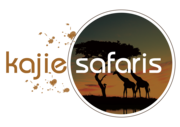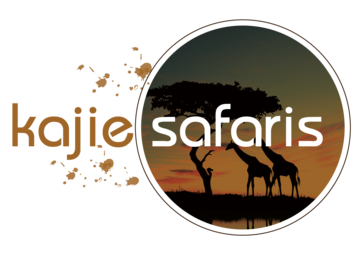Exploring Bird Life.
Mabamba Bay Swamp in Uganda is a prime wetland birding site famous for the Shoebill which is Uganda’s most sought-after bird by Uganda birding tourists as well as by nature lovers. Mabamba Swamp is located west of Entebbe on the northern shore of Lake Victoria, covering 2424 ha with thick marshes of papyrus, water lilies and other wetland grasses.
Mabamba swamp is a Ramsar site and Important Bird Area (IBA). The wetland hosts over 300 bird species that include many globally threatened species, 7 of Uganda’s 12 Lake Victoria biome restricted species (notable is the Papyrus Gonolek) and plenty of wetland specialties. The wetland also hosts huge flocks of Palearctic migrants every year from October to March.
Mabamba Swamp can be reached by a number of routes. From Kampala or Entebbe, the easiest route is via the Nakiwogo landing site in Entebbe where you take a 10 minutes ferry crossing to Kasanje landing and from there drive for about 20 minutes to Mabamba passing through cultivations and open fields that will provide plenty of garden birds.
Birding in Mabamba swamp is done from a motorized wooden boat by riding through a maze of trails cutting through the thick marshes.
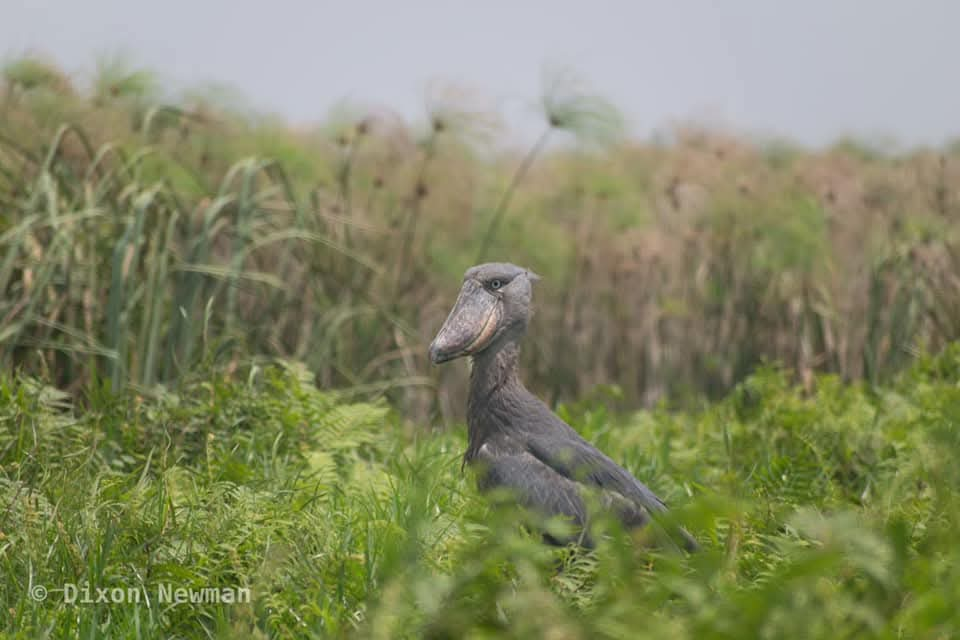
The shoebill in Mabamba Swamp and the Fishermen.
Mabamba wetland is popular for the Shoebill which is the most sought-after bird by birdwatchers in Uganda. The Shoebill is also on the wildlife list of non-bird watching tourists that are intrigued by its peculiar looks and massive size. The rare bird is found in few places in Uganda and Mabamba Swamp is the most accessible and reliable with the best chances of seeing the Shoebill in Uganda and arguably in Africa.
Mabamba Swamp is rich with lungfish (called “mamba” in native language) which is the favorite food for the Shoebill. However, the lungfish is also one of the most sought-after fish by the local fishermen, creating competition with the Shoebill. The fishermen had long held a superstition that seeing a Shoebill (locally called ‘Boolwe’) resulted in a poor catch that day. But this not farfetched because the Shoebill feeds on lungfish and where the Shoebill is the fish will go into hiding. For the fishermen it was a bad omen to see a Shoebill when one set out to fish in the wetland. They hunted the Shoebills and killed them, leading to a decline in the numbers and almost rendered them extinct in the wetland. Designating the wetland a Ramsar site in 2006 provided some protection to the Shoebill. However, bird watching on the wetland brought about enlightenment to the fishermen and community. The fishermen rent out their boats to birdwatchers and make a lot of money, and even some fishermen have been trained in birding and guiding. The fishermen now protect the Shoebill, so that when they set out to fish and see a Shoebill, they do not move too close not to disturb it and will gladly inform the tourists of where to see it. There is about 12 Shoebills said to be resident in Mabamba wetland.
The best time to see the Shoebill in Mabamba swamp is early morning, say 7am, before there is more activity on the wetland but also by this time the Shoebill is hunting for lunch fish which it does by standing in one place for a long time or even hours looking out in the water waiting for fish to cross so it scoops it with the big strong shoe-like bill that breaks the fish instant.
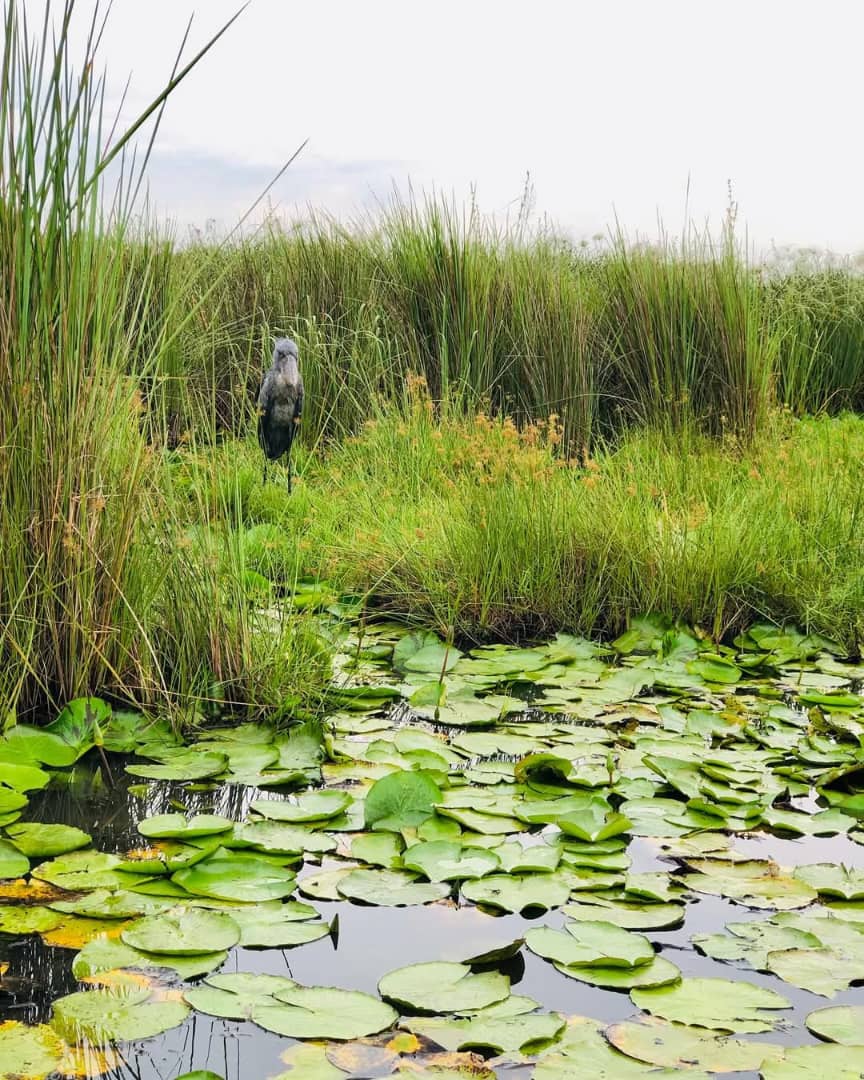
Other Mabamba Swamp Birds
African Fish Eagle, Purple Swamphen, African Green Pigeon, African Jacana, African Marsh Harrier, African Pigmy Goose, Black Crake, Black Heron, Black-crowned Night Heron, Black-crowned Waxbill, Black-headed Heron, Black-winged Stilt, Blue Swallow, Blue-cheeked Bee-eater, Cattle Egret, Common Moorhen, Common Sandpiper, Common Sqacco Heron, Double Toothed Barbet, Glossy Ibis, Goliath Heron, Great Cormorant, Great White Egret, Great White Pelican, Green Cuckoo, Grey Heron, Grey-crowned Crane, Gull-billed Tern, Hadada Ibis, Hamerkops, Little Egret, Little Stilt, Long-tailed Cormorant, Long-toed Lapwing, Malachite Kingfisher, Marsh Harrier, Northern Brown-throated Weather, Orange Weaver, Papyrus Gonolek, Pied Kingfisher, Pied Wagtail, Pink-backed Pelican, Pin-tailed Whydah, Purple Heron, Red-eyed Dove, Red-headed Love-bird, Shining Blue Kingfisher, Speckled Mousebird, Spur-winged Goose, Spur-winged Lapwing, Swamp Flycatcher, Veilots’ Black Weaver, Village Weaver, Water Thickened, White-browed Cuckoo, White-faced Whistling Duck, White-throated Bee-eater, White-winged Tern, Winding Cistocola, Wood Sandpiper, Woodland Kingfisher, Yellow-billed Kite, Black-headed Weaver, Yellow-billed Duck.
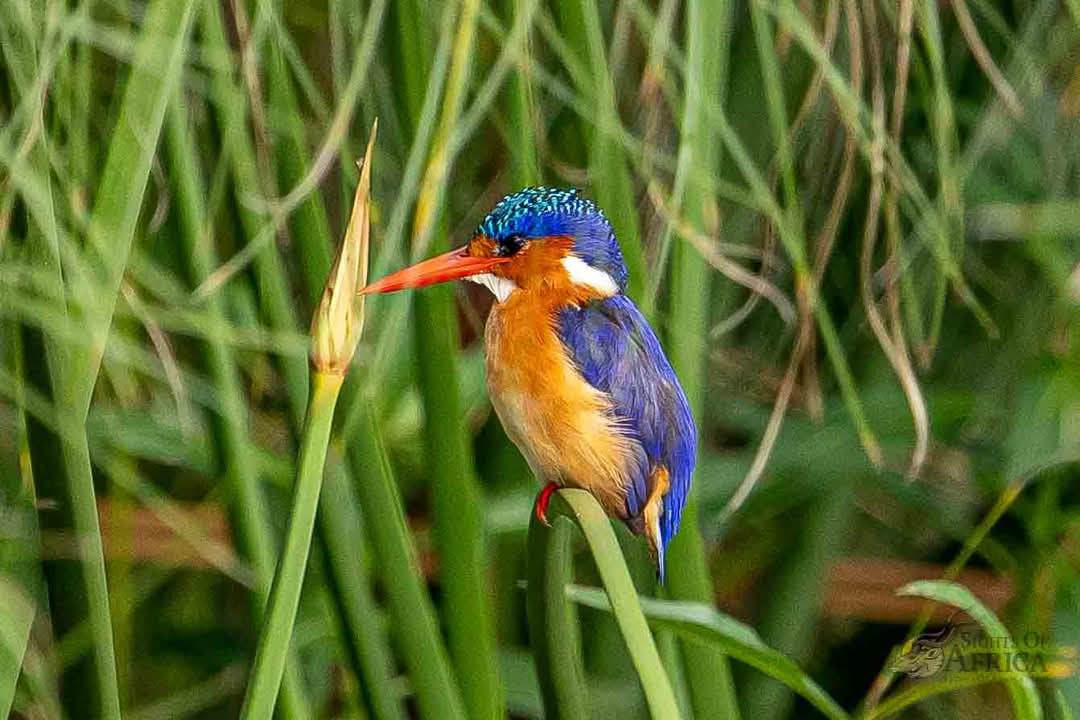
Book our day tour to Mabamba swamp. You can do this tour before starting on your safari or later after your safari.
